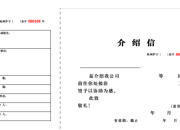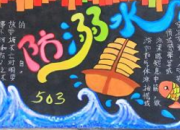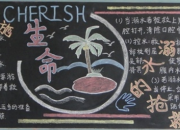国际护士证试题及答案
时间:2021-08-31想要考国际护士证,那么都有哪些试题呢?下面就和小编一起来看看吧。
Practice Test Questions
1. When assessing a patient for the potential development of hypovolemic shock, which of the following manifestations would the nurse most likely see first?
A. nervousness and apprehension
B. decreased urinary output
C. systolic blood pressure below 90mm Hg
D. hypoventilation and tachycardia
2. A psychiatric patient continues to disrupt the unit milieu by pacing up and down the hall. The nurse responds by placing the patient in the seclusion room. As a result or her actions, the nurse may be held responsible for which of the following legal implications?
A. false imprisonment
B. battery
C. invasion of privacy
D. defamation of character
3. An eight-year-old child has cerebral palsy, a tracheostomy, and is oxygen (O2) dependent. During an initial visit to the home, the nurse would include which of the following questions in an environmental safety assessment?
A. “Are there drafts or air leaks in the home?”
B. “Are there other children in the home?”
C. “Does anyone smoke in the home?”
D. “Are there pets in the home?”
Rationale
1. Key: A Client Need: Physiological Adaptation
A. Early hypoxic and hypocapnic changes result in restlessness, confusion, anxiousness, apprehension, agitation, lethargy and mental cloudiness.
B. Decreased urinary output is a clinical manifestation of hypovolemic shock, but occurs later than nervousness and apprehension.
C. During the compensatory stage of shock, the blood pressure is adequate to perfuse the vital organs. The systolic blood pressure does not drop to below 90 mm Hg until the progressive stage of shock.
D. The heart rate is increased and the depth of ventilation is increased in the early stages of shock to compensate for the lactic acid produced due to anaerobic metabolism.











